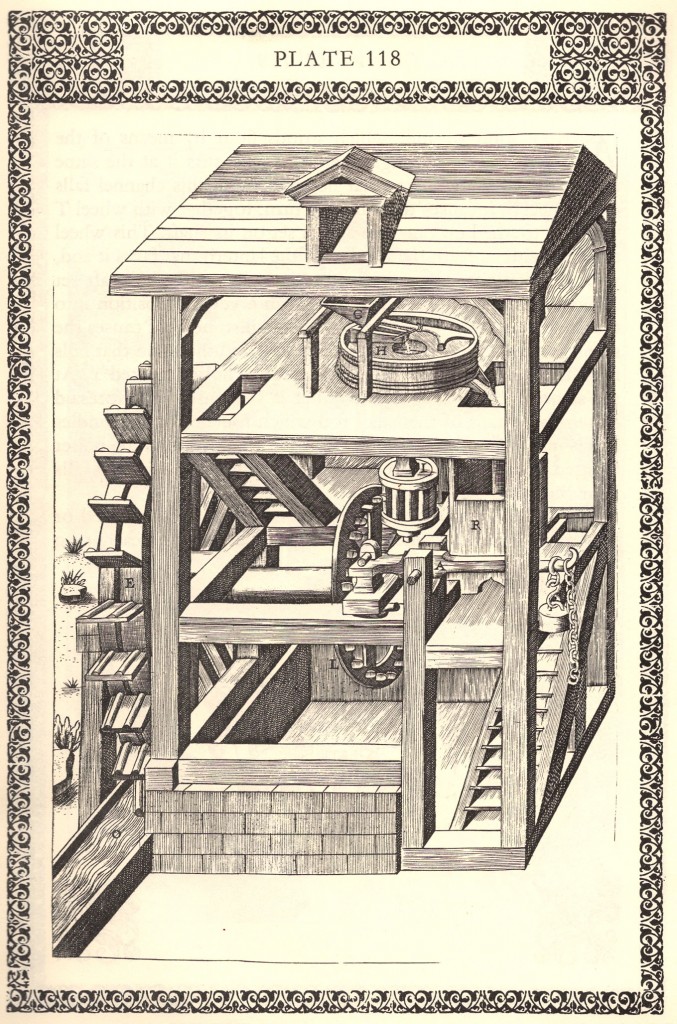
Perspective is a technique used by artists and designers to show three dimensional objects on a flat surface. It was first developed during the Renaissance by artists and architects to depict buildings in a more realistic way. It is based on the understanding that as objects go back into space they appear to get smaller, this is called foreshortening. To decide how much smaller the objects need to be, perspective uses lines that come together to a vanishing point, called converging lines.
One point perspective is used to show the interior of a room, In the drawing by Agnosti Romelli the artist uses 1 point perspective to show the interior of water pump, all the lines going back into space come together at a single vanishing point. Here, Romelli draws the rectangles in the background smaller than the ones in the foreground. Study the shapes on the sides of the structure, notice how the tops of each beam line up with each other and are angled upward towards a single vanishing point.
Two Point perspective is similar to 1 point perspective except that there are two vanishing points. Two point perspective is used to show two sides of a building or structure when viewed from outside. In the picture below, artist Giotto uses 2 point perspective to show the steps that the two men are seated on. Notice how the lines on right side of the steps go to a vanishing point to the right, while the lines of the steps on the left go to the 2nd vanishing point.
http://mrfatta.com/wp-content/uploads/2013/11/Ramelli_machine2a.jpg
http://mrfatta.com/wp-content/uploads/2013/11/Ramelli_machine3a.jpg
http://mrfatta.com/wp-content/uploads/2013/11/Ramelli_machine4a.jpg
Vocabulary Terms - Click to learn more
Converge in perspective, lines coming together at the vanishing point.
Depth the illusion of real space on a flat surface
Foreshortening to portray or show (an object or view) as closer than it is or as having less depth or distance, as an effect of perspective or the angle of vision.
Gradient a gradual change from one value of color to the next or from one color to another.
Highlight the lightest part of an object that is under direct light.
Horizon a horizontal line dividing the sky & ground, or the wall & floor (interior).
Overlapping placing one object over another to give the illusion of space.
Perspective a system of drawing that gives the illusion of depth on a flat surface using parallel lines that converge at one or more vanishing points.
Scale the relationship of size when the same object is close and far away.
Shadow the darker areas of an object where light is not as strong.
Texture an element of design that refers to the surface, ex rough, smooth, fuzzy.
Vanishing point in perspective, an imaginary point or points on the horizon where parallel lines recede and converge.
Value the lightness or darkness of a color or a tone.

stuart davis perspective
National Core Arts Standards Visual Arts include the traditional fine arts such as drawing, painting, printmaking, photography, and sculpture; media arts including film, graphic communications, animation, and emerging technologies; architectural, environmental, and industrial arts such as urban, interior, product, and landscape design; folk arts; and works of art such as ceramics, fibers, jewelry, works in wood, paper, and other materials.
Learn More | The National Core Arts Standards
Creating VA:Cr1.1.HSI Use multiple approaches to begin creative endeavors. VA:Cr1.2.HSI Shape an artistic investigation of an aspect of present-day life using a contemporary practice of art or design. VA:Cr2.1.HSI Engage in making a work of art or design without having a preconceived plan. VA:Cr3.1.HSI Apply relevant criteria from traditional and contemporary cultural contexts to examine, reflect on, and plan revisions for works of art and design in progress. Presenting VA:Pr.4.1.HSI Analyze, select, and curate artifacts and/or artworks for presentation and preservation. VA:Pr5.1.HSI Analyze and evaluate the reasons and ways an exhibition is presented. Responding VA:Re7.1.HSI Hypothesize ways in which art influences perception and understanding of human experiences. VA:Re7.2.HSI Analyze how one’s understanding of the world is affected by experiencing visual imagery. VA:Re9.1.HSI Establish relevant criteria in order to evaluate a work of art or collection of works. Connecting VA:Cn10.1.HSI Document the process of developing ideas from early stages to fully elaborated ideas. VA:Cn11.1.HSI Describe how knowledge of culture, traditions, and history may influence personal responses to art.
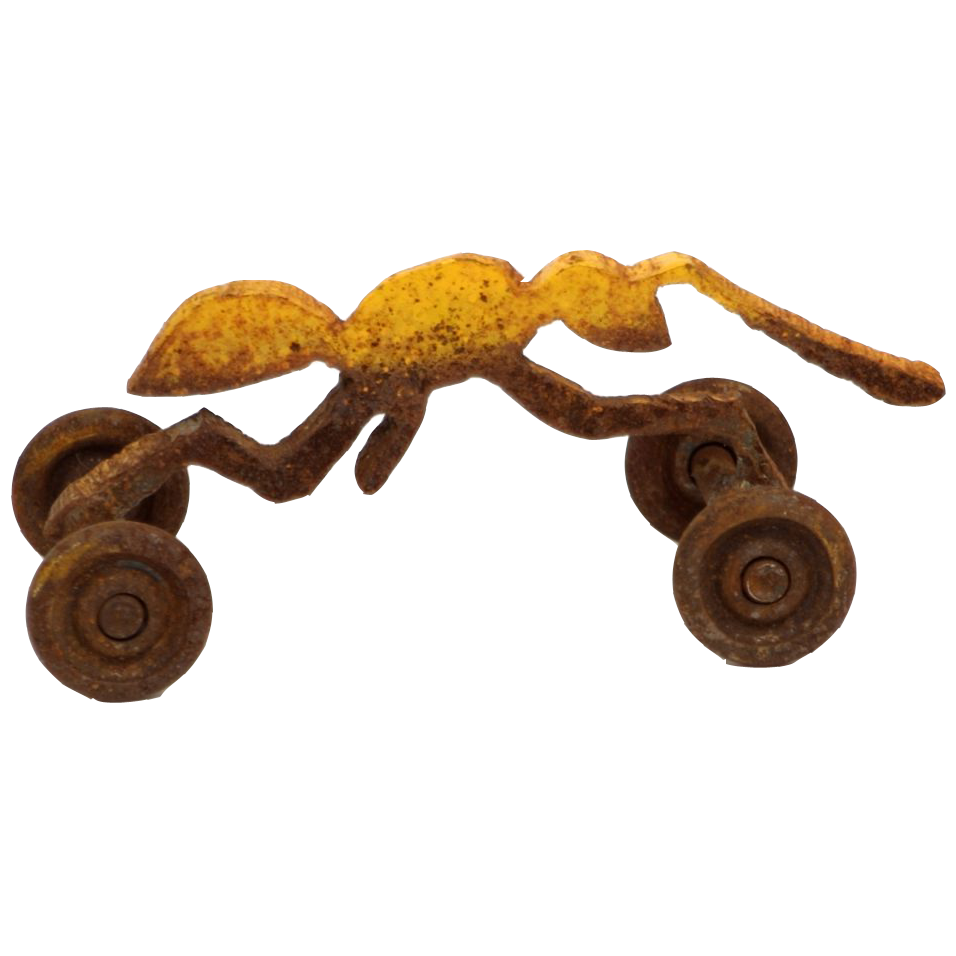
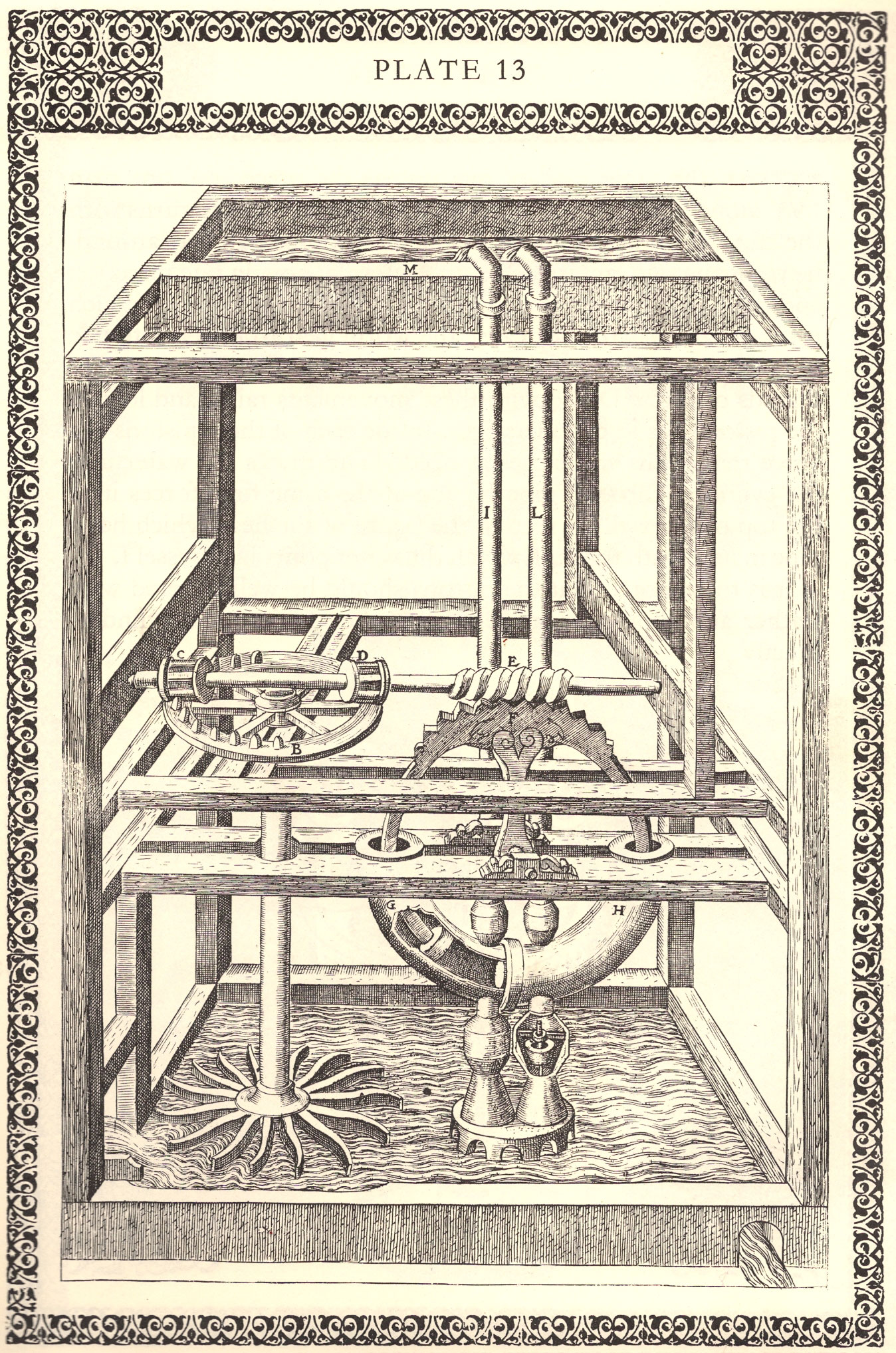



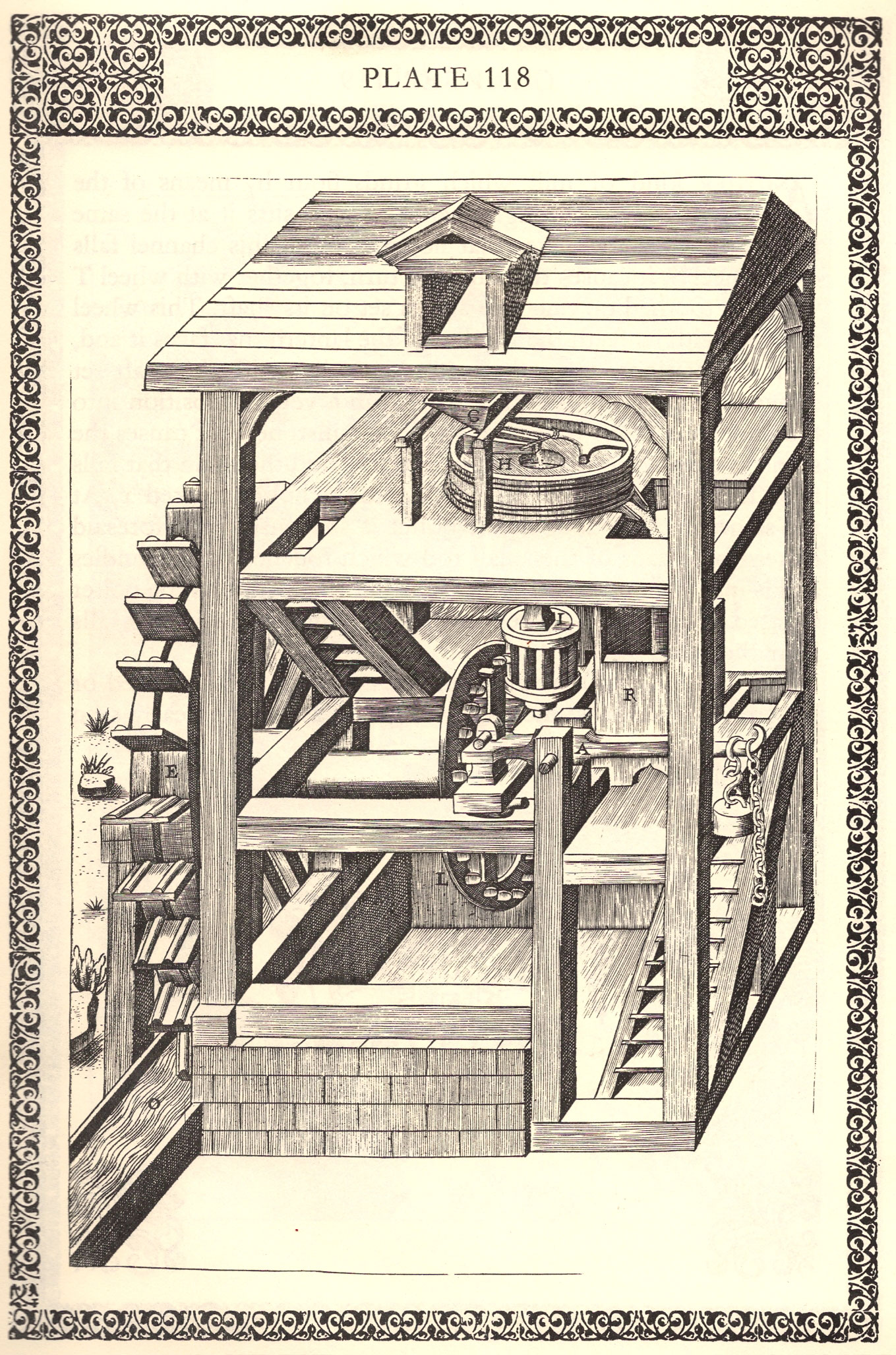


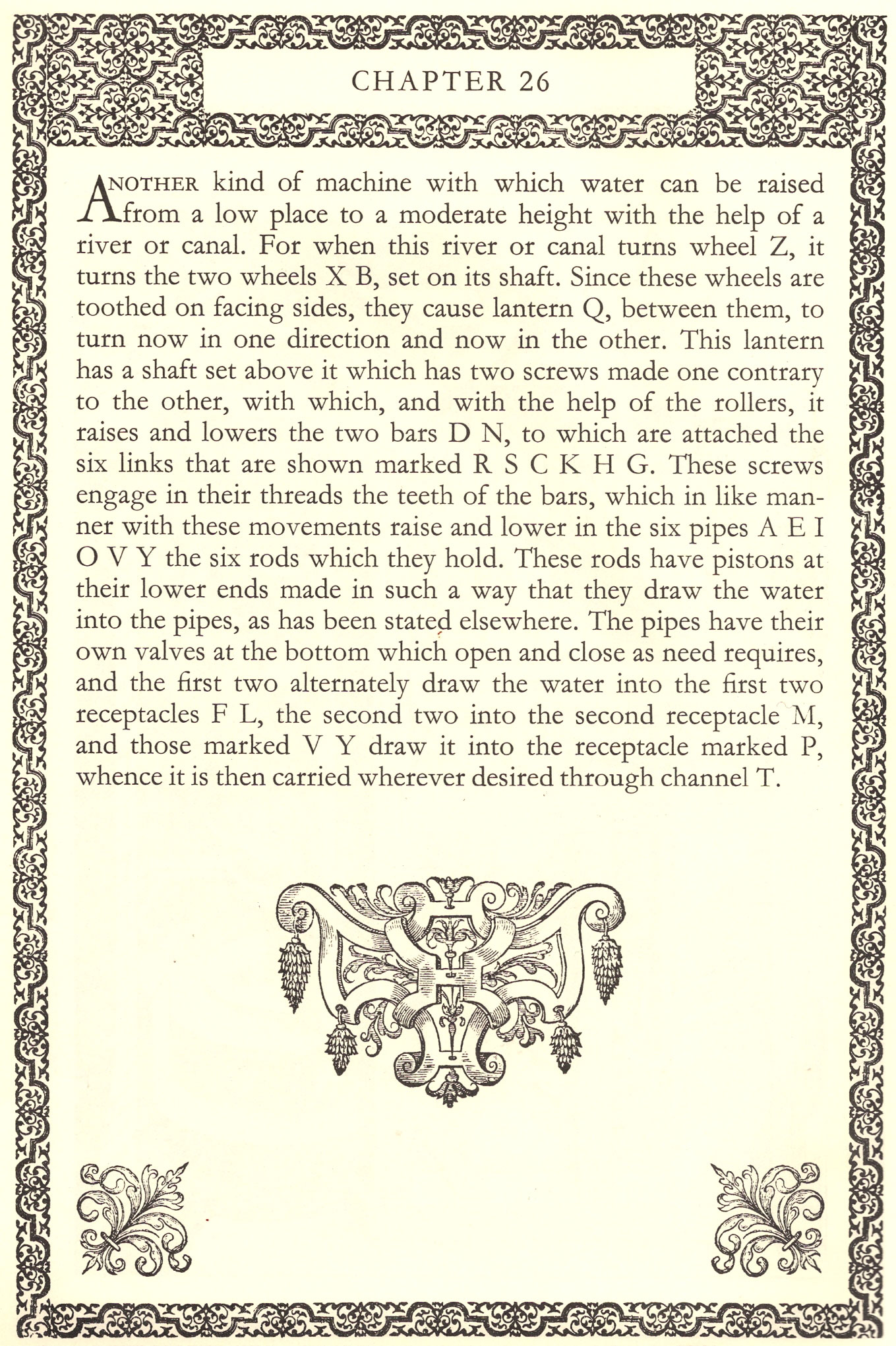
This is a test comment by Mr. Fatta for a potentially new feature at mrfatta.com